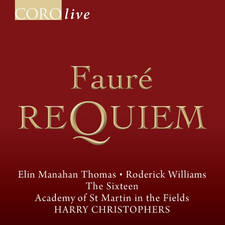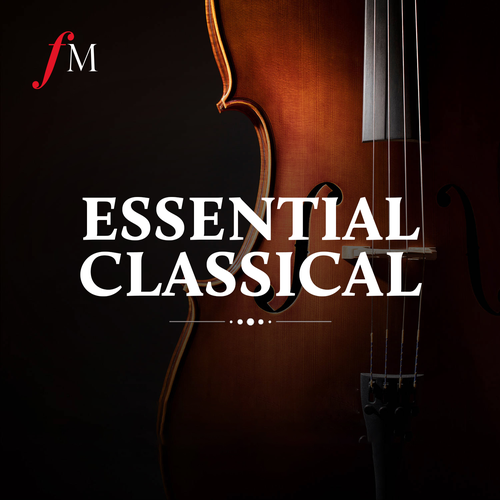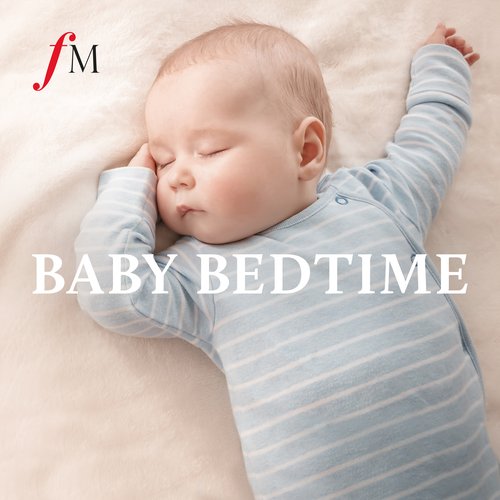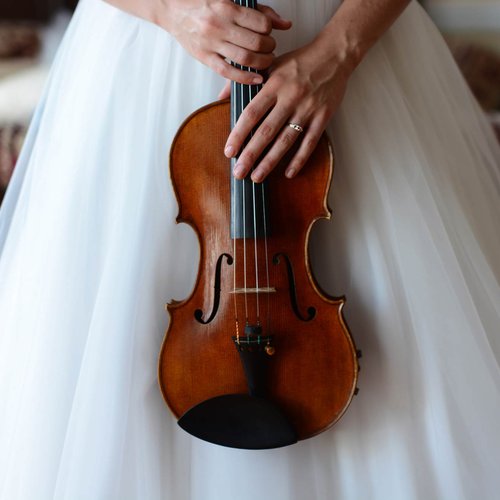Why do musicians always use vibrato?
15 August 2024, 12:18 | Updated: 15 August 2024, 12:23

Bringing depth, beauty and warmth, vibrato is an irreplaceable tool for musical expression. But has this always been the case?
Listen to this article
Why does a violinist’s left hand shake when they play? Sometimes it might be nerves, but more often it’s a musical technique to give the notes a elegant pulse, known as ‘vibrato’.
Listen to Nicola Benedetti play the second movement of Tchaikovsky’s Violin Concerto, the ‘Adagio’ – packed with gorgeous, rich vibrato:

Bruch: Violin Concerto No. 1 in G Minor, Op. 26 - II. Adagio
Now listen to Roger Norrington’s controversial recording of Mahler’s Symphony No. 9, without vibrato:

Mahler - Symphony No 9 - Norrington
Setting all personal preferences aside, once we are used to hearing orchestral instruments play with vibrato, Norrington’s recording is at least on first listen, a disconcerting experience.
Firstly, what exactly is vibrato?
‘Vibrato’ means a vibrating or pulsating of the sound. It is used to add expression to the music, and generally speaking it should be regular in both pitch and oscillation.
Instrumentalists learn how to use their fingers, lips or diaphragm to create vibrato.
For singers, it’s more of a natural revelation than a practised technique. Singing teacher Jean-Ronald Lafond says: “Vibrato is not learned. It manifests when the voice is functioning in a consistent manner relative to breath pressure/flow. Thus, when a singer achieves good vocal habits, the vibrato is simply revealed.”
Read more: Why do opera singers use so much vibrato?
Have musicians always used vibrato?
Stepping back from the 20th and 21st centuries, vibrato hasn’t always been seen as a natural, healthy technique in musical performance.
In the Baroque period, it was thought that if vibrato was used too widely, slowly or simply too often in one section of the orchestra, it could obscure an important harmony in another section.
In many recordings of early and Baroque music, vibrato is used sparingly, like in Allegri’s ‘Miserere mei’.

Allegri | Miserere mei | King's College, Cambridge
Greta Moens-Haenen’s work on music in the Baroque period, Das Vibrato in der Musik des Barock, explains that intentional vibrato was a type of ornament, narrower than a half step in width, and used for adding expression and interest to the music.
She adds that various types of ornamental vibrato existed in the Baroque era, with many ways of producing it, but that a continuous instrumental vibrato was not deemed acceptable. A ‘natural’ vocal vibrato possibly existed, but was very narrow and unobtrusive.
If vibrato wasn’t used in the Baroque period, we might assume that because of its expressive nature, it should be associated with 19th-century and Romantic music. But period oboist Bruce Haynes notes that continuous vibrato is a specifically 20th-century phenomenon (Early Music America).
Baroque violinist Jude Ziliak believes that the rising popularity of continuous vibrato in the 20th century is linked to the falling popularity of portamento (Early Music America). So perhaps as the downward slide or ‘swoop’ became less popular, continuous vibrato began to replace it as a way of adding expression to the music.
Do people still dislike continuous vibrato?
Most of us wouldn’t even feel the need to debate the sound of vibrato and ‘straight tone’ anymore, because it’s assumed that vibrato will be incorporated into any orchestral performance.
But clearly, the v-word once had the power to end friendships and divide music lovers. There is even a Facebook group called ‘Vibrato is a bizarre and unnecessary affectation’ with a loyal following of 167 users.
Many believe it to be unnecessary – a flowery addition that covers up the real beauty of the music. Even Mozart said that string players used vibrato too often, and that they should be used only on sustained notes and at the ends of phrases when used as an ornament. (Quora).
So perhaps, like dungarees and legwarmers, vibrato will go back out of fashion in a century’s time. And who knows, we might end up with a brand new technique…
Any ideas what it could be?









































